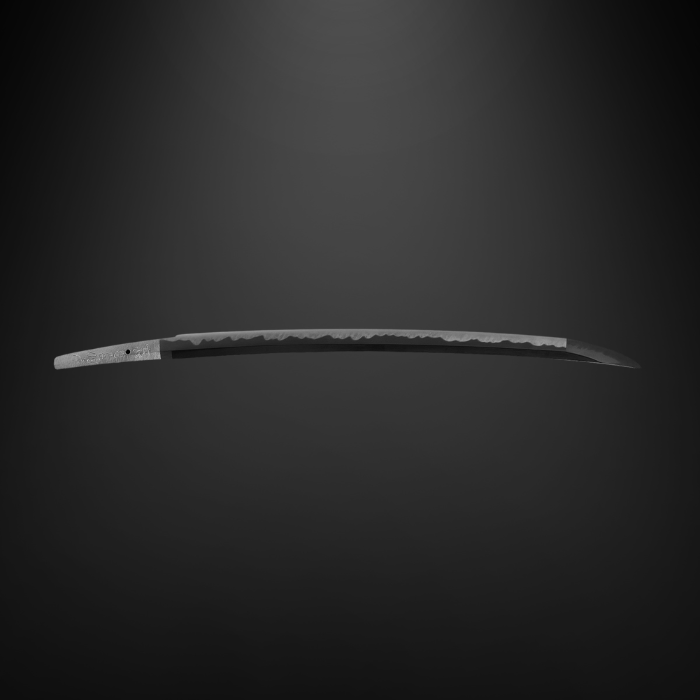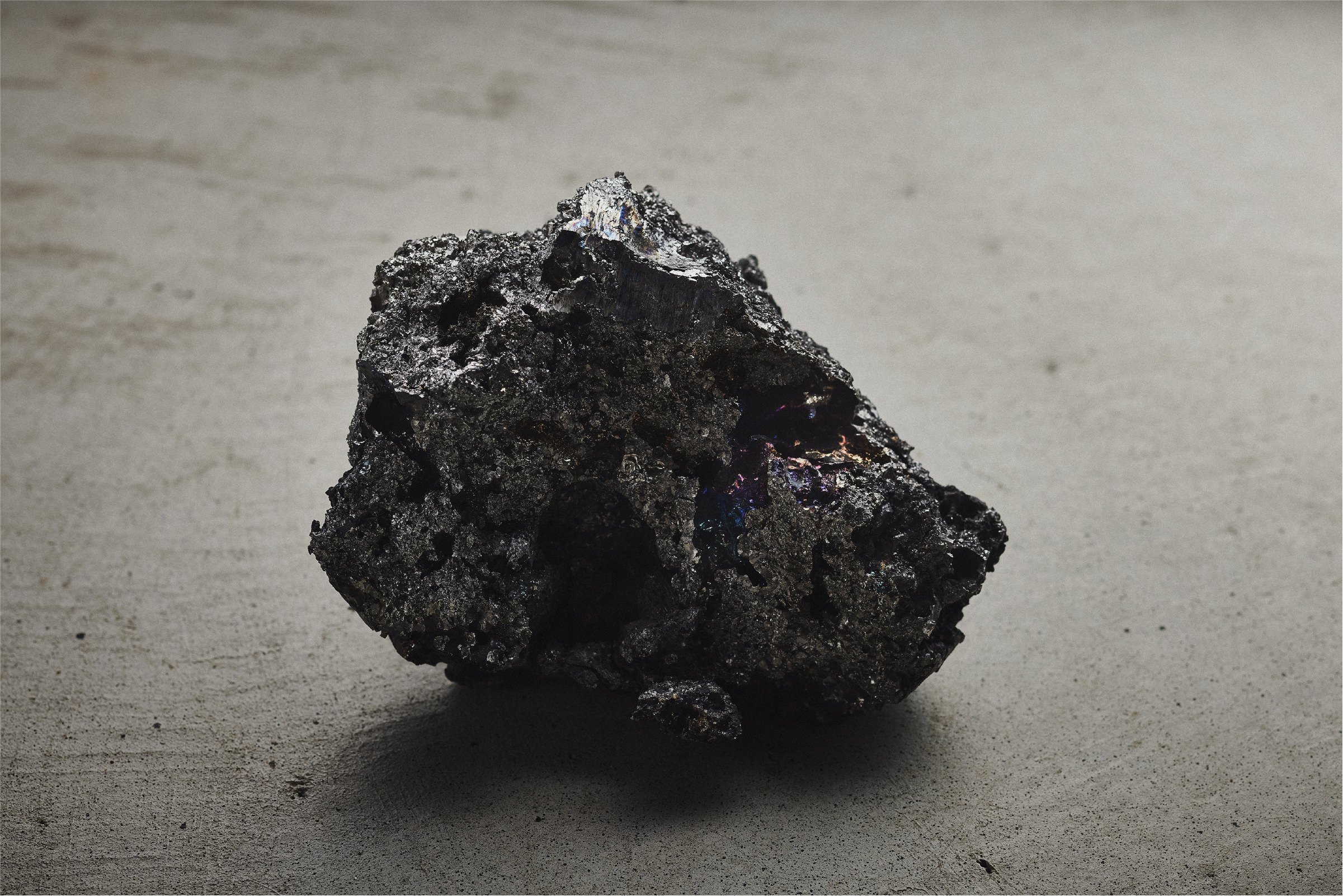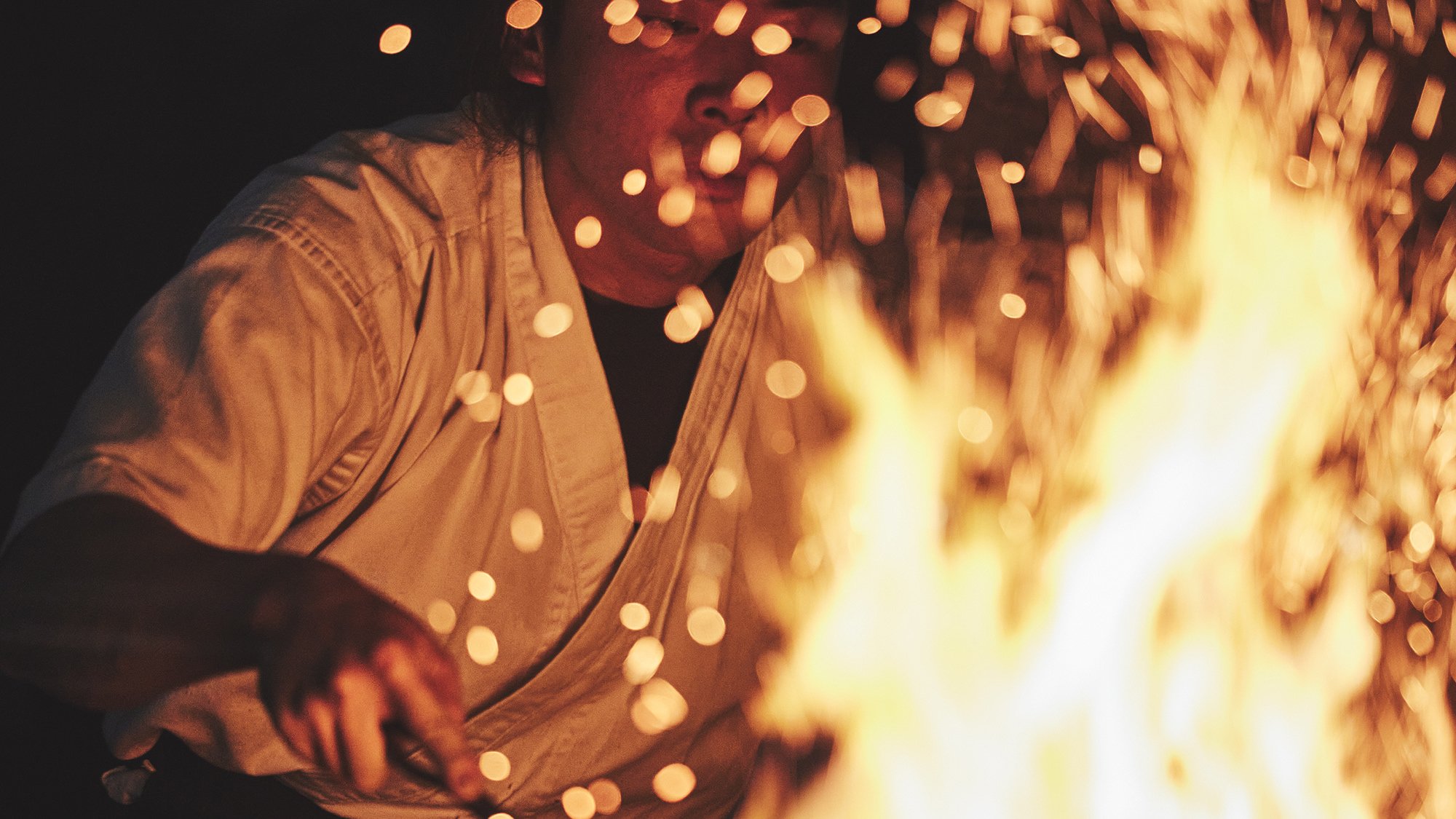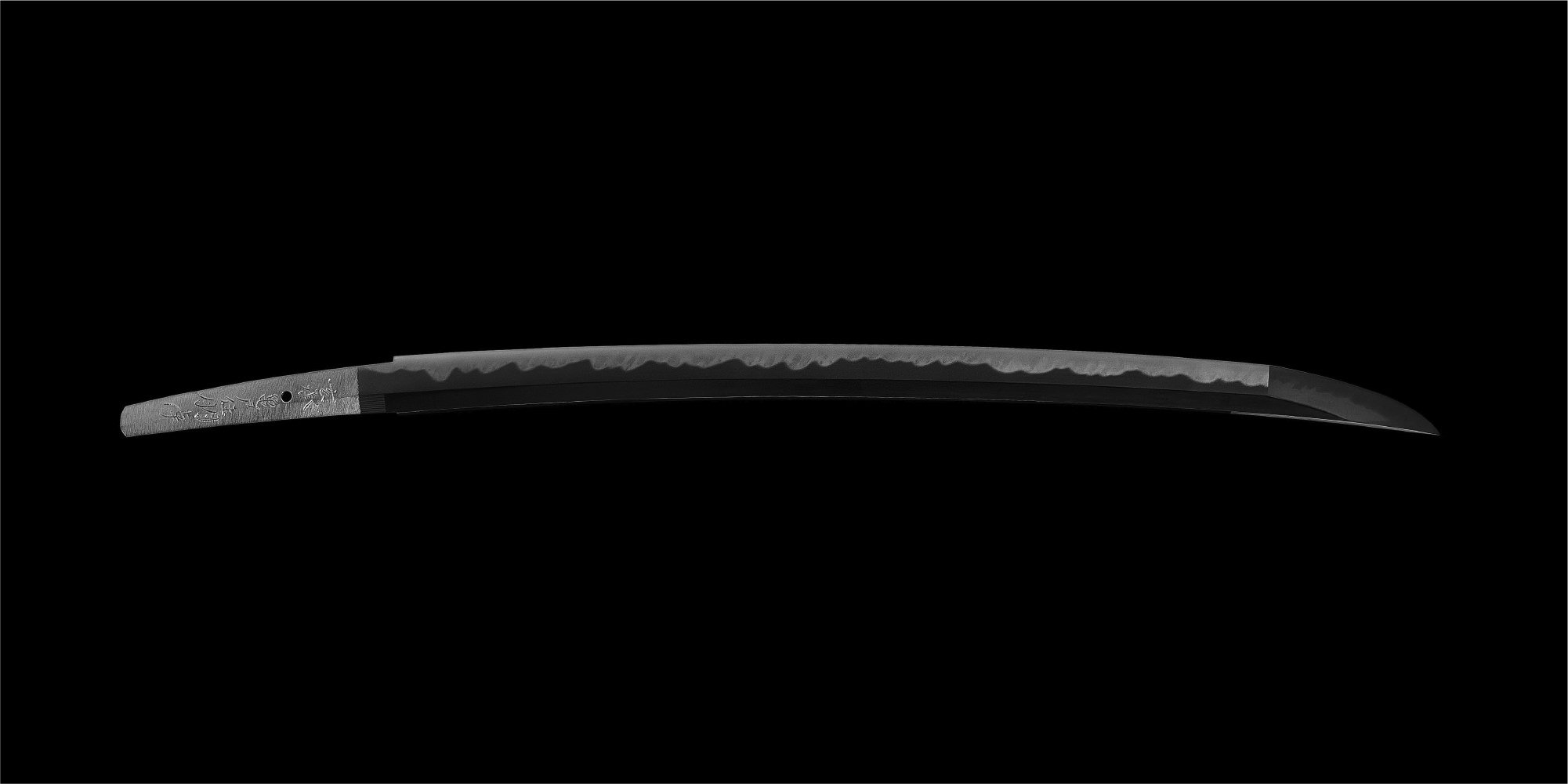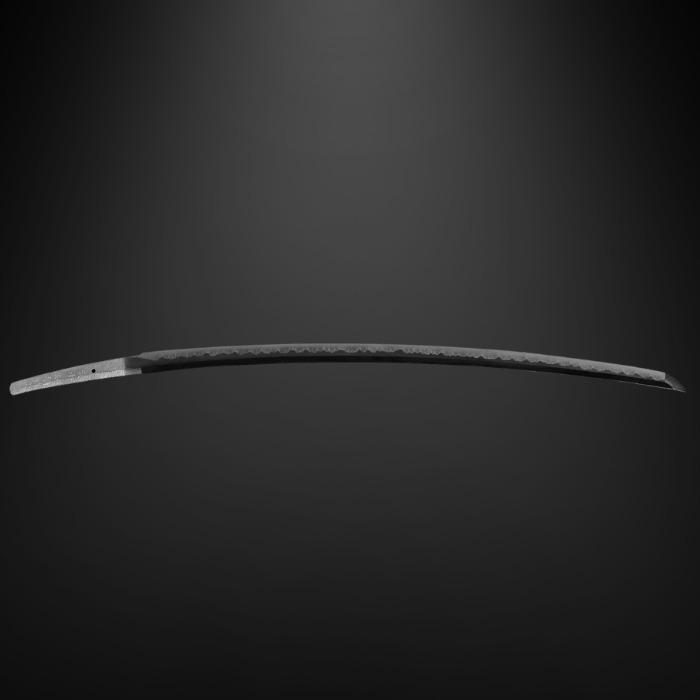Ganshosya WAKIZASHI 脇差
WAKIZASHI (sword with side arms)
Mainly worn as an adjunct to a sword,
Mainly worn as a sword's sidepiece, and measuring no more than 2 shaku in length,
Some are called hira-zukuri, which means that they do not have any ridges on the blade.
Both swords were made to match the shape and blade pattern, and were also made with matching arrangements,
They look good when decorated in large and small pieces together.
Length 1 shaku 5 sun (45 cm) to 1 shaku 8 sun (55 cm)
This product is made to order.
It takes approximately two years from the time of payment for the product to be completed and delivered to your door.
Please be assured that we will keep you informed of the production process.
WAKIZASHI (sword with side arms)
Mainly worn as an adjunct to a sword,
Mainly worn as a sword's sidepiece, and measuring no more than 2 shaku in length,
Some are called hira-zukuri, which means that they do not have any ridges on the blade.
Both swords were made to match the shape and blade pattern, and were also made with matching arrangements,
They look good when decorated in large and small pieces together.
Length 1 shaku 5 sun (45 cm) to 1 shaku 8 sun (55 cm)
This product is made to order.
It takes approximately two years from the time of payment for the product to be completed and delivered to your door.
Please be assured that we will keep you informed of the production process.
WAKIZASHI (sword with side arms)
Mainly worn as an adjunct to a sword,
Mainly worn as a sword's sidepiece, and measuring no more than 2 shaku in length,
Some are called hira-zukuri, which means that they do not have any ridges on the blade.
Both swords were made to match the shape and blade pattern, and were also made with matching arrangements,
They look good when decorated in large and small pieces together.
Length 1 shaku 5 sun (45 cm) to 1 shaku 8 sun (55 cm)
This product is made to order.
It takes approximately two years from the time of payment for the product to be completed and delivered to your door.
Please be assured that we will keep you informed of the production process.
How to order
1
Choose the type
The general shape of the Japanese sword is determined.
2
Decide on the shape
Determine the dimensions of the sword, such as width, overlap, warp and spearhead.
3
Choose the blade pattern
Select the blade pattern of your choice.
4
Choose an inscription
If you have any characters you would like to include in the inscription.
5
Options (extra charge)
Selecting from 1 to 5 determines the price of the Japanese sword.
Options (extra charge)
樋 (Hi)
The gutter is a groove carved into the blade of a sword, not only to enhance the appearance of the blade, which is carved by the swordsmith himself, but also to reduce weight.
彫刻 (carving)
Japanese swords have long been engraved with religious themes, as they were the weapons with which the samurai trusted their lives, and the engravings were commissioned from craftsmen who specialised in engraving.
拵 (Koshirae)
Japanese swords are usually supplied in a white scabbard (a wooden, unpainted scabbard suitable for storage).
Swords with a scabbard etc. and lacquered are called "arrangements" and can be customised with colours and metal fittings of the customer's choice.
展示 (Display Cases)
Display cases for Japanese swords.
It is recommended that they be displayed, appreciated and enjoyed in the same way as other works of art.

